Mark your calendars! A rare celestial event, a total solar eclipse, is gracing North America on April 8th, 2024. This is a chance to witness the moon completely cover the sun, shrouding the day in an eerie twilight for several minutes. But before you step outside to catch a glimpse, here’s what you need to know.
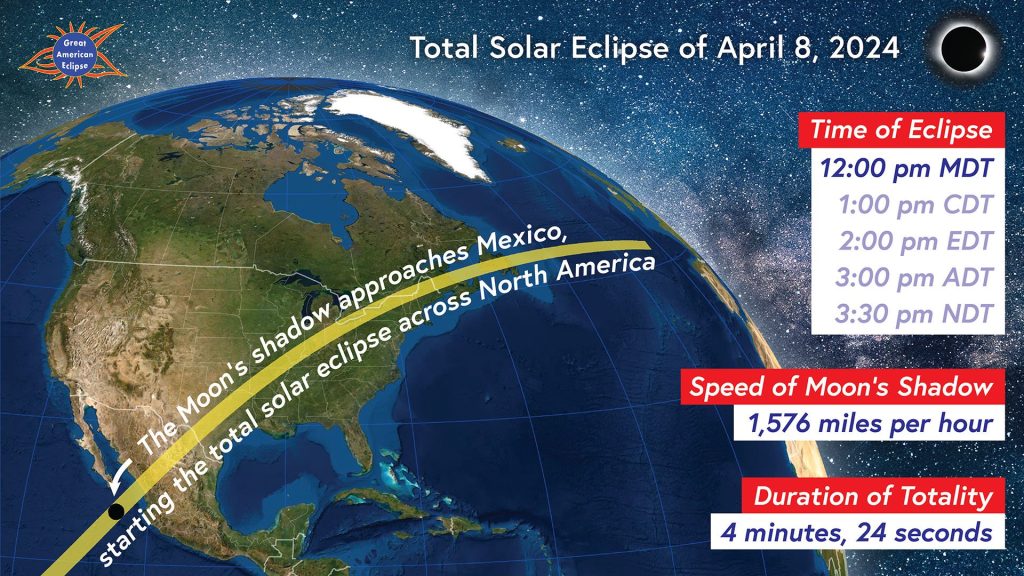
Firstly, totality, the period of complete darkness, will only be visible from a specific path stretching across the continent. This path, nicknamed the “Path of totality,” travels from Mexico’s Pacific coast all the way to Canada’s Atlantic coast. If you’re lucky enough to be in its path, you’ll be treated to a truly awe-inspiring spectacle.
Those outside the path of totality won’t miss out entirely. A partial eclipse will still be observable across most of North America, where the sun will appear as a crescent or with a large portion covered by the moon.
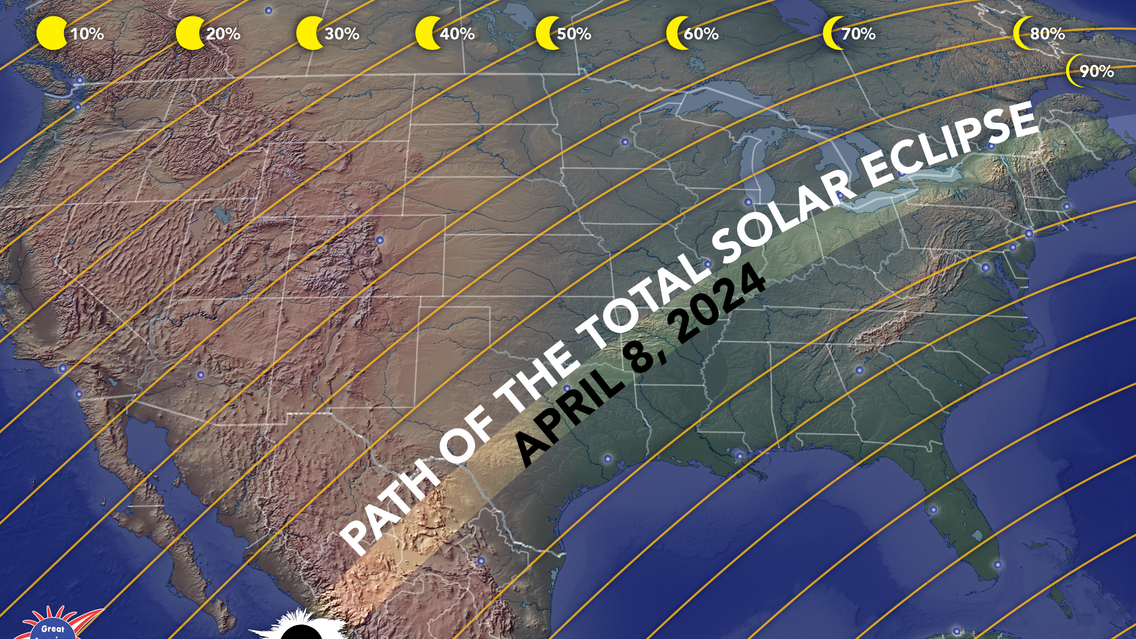
However, there’s a crucial safety warning to heed: looking directly at the sun, even during a partial eclipse, can permanently damage your eyes. Special eclipse glasses with certified solar filters are the only safe way to view the eclipse directly. Regular sunglasses, cameras, or telescopes should never be used to look at the sun.
If you can’t get your hands on eclipse glasses, there are alternative ways to experience the eclipse indirectly. Projecting the sun’s image onto a piece of cardboard with a small hole is a fun and safe way to observe the eclipse’s progress. Many organizations will also be hosting viewing parties with proper solar filters in place.

This total solar eclipse is a significant event for North America, as the next one won’t be visible from the contiguous United States until 2044. So, if you have the chance, take this opportunity to witness the power and beauty of the cosmos!
Are there any eclipse-watching events?
The upcoming total solar eclipse on April 8th, 2024 has generated a lot of excitement, and many organizations are hosting eclipse-watching events to help people experience this celestial wonder safely.
Places within the path of totality, where viewers will witness the complete darkness during totality, are offering a variety of events. Science museums, astronomy clubs, and even some national parks are organizing viewing parties with specialized telescopes equipped with solar filters. These events often include educational talks by astronomers and offer a festive atmosphere to share this experience with fellow sky enthusiasts.
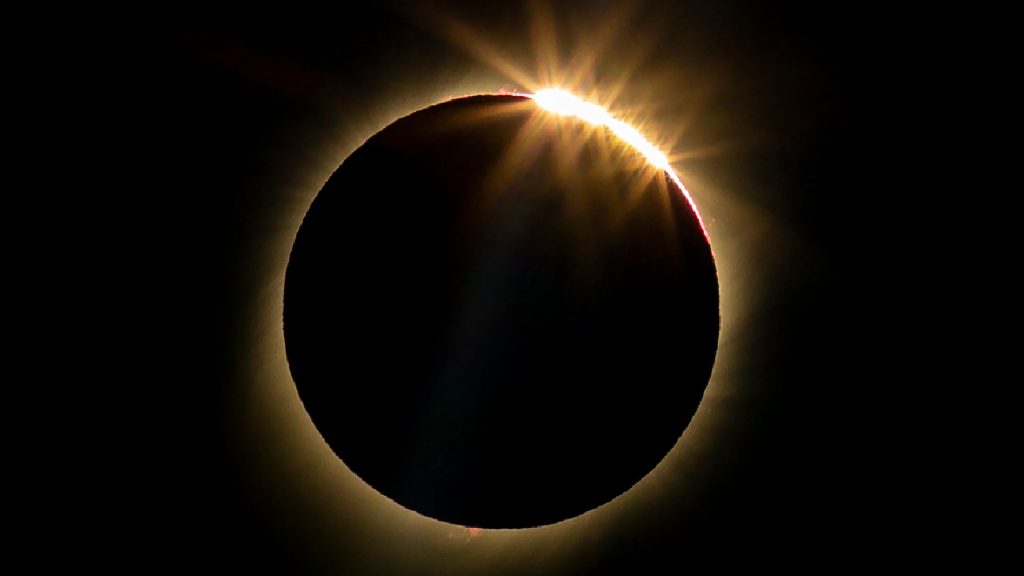
Even for those outside the path of totality, there are options! Libraries and community centers might be hosting watch parties with eclipse-safe projection methods, allowing viewers to observe the sun’s changing shape indirectly. Universities with astronomy departments might open their observatories to the public for the event.
Searching online for “Eclipse-watching events near me” or contacting your local astronomy club is a great way to find out what’s happening in your area. So don’t miss this chance to be part of a historic event and witness the awe-inspiring power of the cosmos!
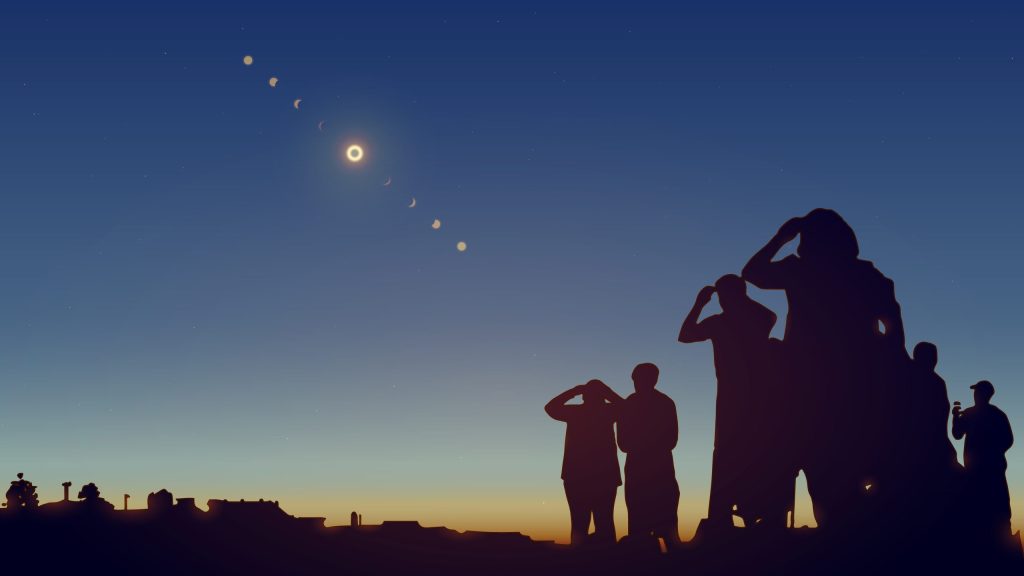
When’s the next total eclipse?
The excitement surrounding the total solar eclipse on April 8th, 2024 is definitely justified! It’s a rare sight for North America, and the next time the contiguous United States will be treated to a total eclipse won’t be for quite some time. Unfortunately, we’ll have to wait until August 23rd, 2044 to witness totality again from that region.
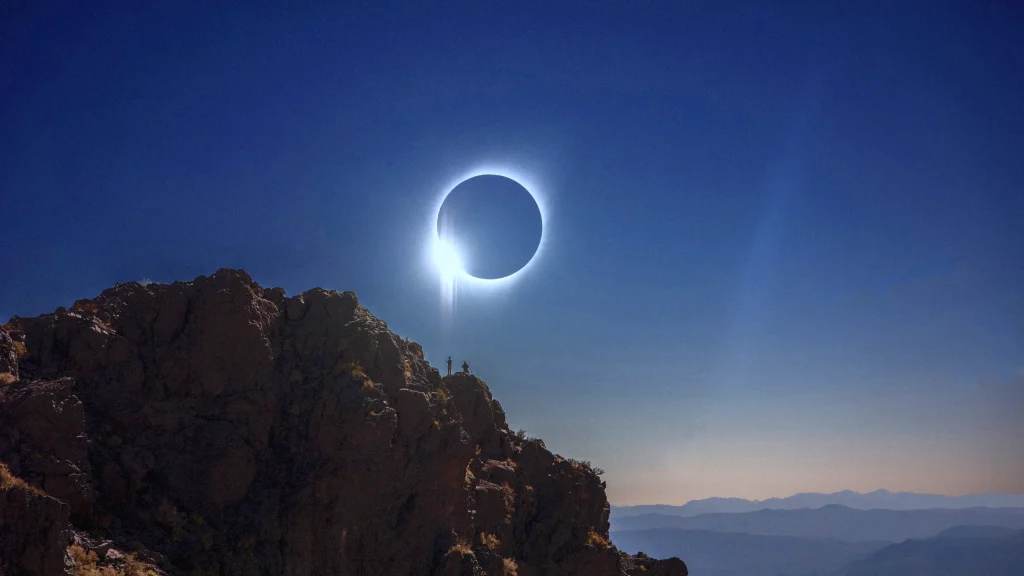
However, that doesn’t mean there won’t be any total eclipses in the meantime! Eclipses occur frequently around the globe, just not always from locations easily accessible or populated areas. If you’re an eclipse chaser with a taste for adventure, there will be several total eclipses visible from other parts of the world in the coming years. You can find resources online that track upcoming eclipses and their paths, allowing you to plan your next eclipse-viewing expedition!
Here are some more interesting facts and events about eclipses:
Eclipses Repeat in Cycles:
Believe it or not, eclipses aren’t completely random! Solar and lunar eclipses tend to repeat themselves in a cycle called a Saros, which lasts about 18 years and 11 days. This means a very similar eclipse will be visible on Earth every 18 years, though from a different location.
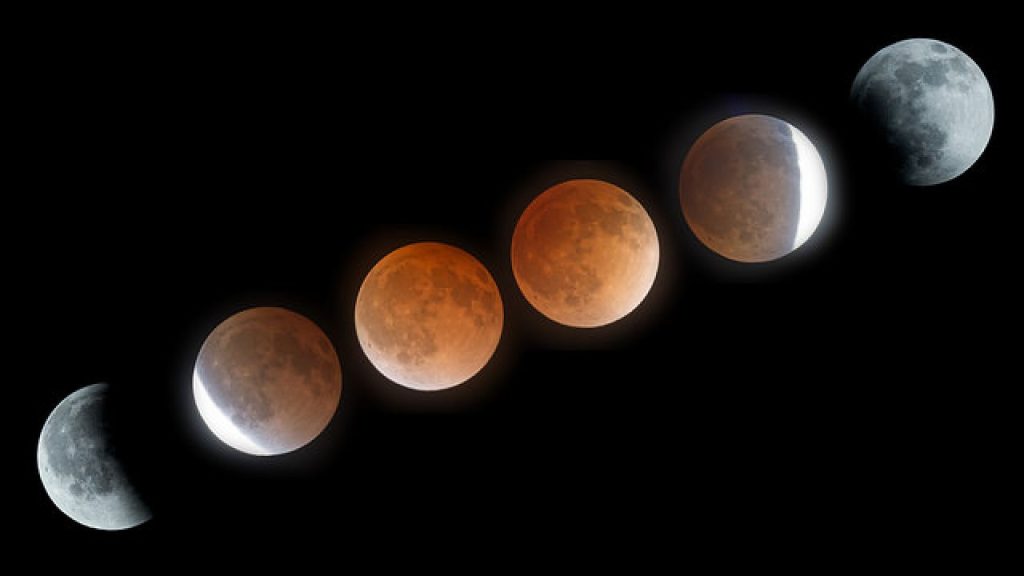
Animals React Strangely:
During a total solar eclipse, animals can become confused by the sudden darkness. Birds might stop singing and head back to their nests, while insects may become less active.
Not All Eclipses Are Total:
There are four main types of solar eclipses: Total, Partial, Annular, and Hybrid. A total eclipse is the most dramatic, where the moon completely covers the sun. A partial eclipse is when the moon only covers part of the sun. An annular eclipse creates a “Ring of fire” effect, as the moon is too small to completely cover the sun. Hybrid eclipses are a rare type that can switch between annular and total during the event.
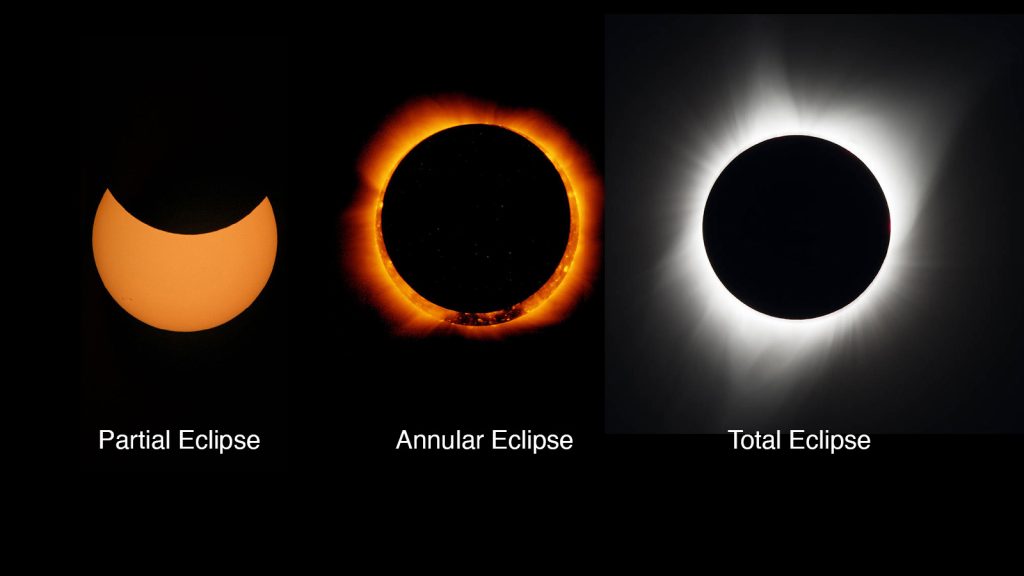
Eclipses Have Historical Significance:
Many cultures throughout history have viewed eclipses with awe and superstition. Some believed they were omens of bad luck or signs of divine anger. In some cultures, eclipses were even used to predict the future. For example, Christopher Columbus is said to have used his knowledge of an upcoming lunar eclipse to impress a group of Native Americans during his exploration!

Eclipses Help Us Study the Sun:
Total solar eclipses provide a unique opportunity for scientists to study the sun’s outer atmosphere, called the corona, which is usually too faint to see with the naked eye. By observing the corona during totality, scientists can learn more about solar flares and other solar activity.






GIPHY App Key not set. Please check settings